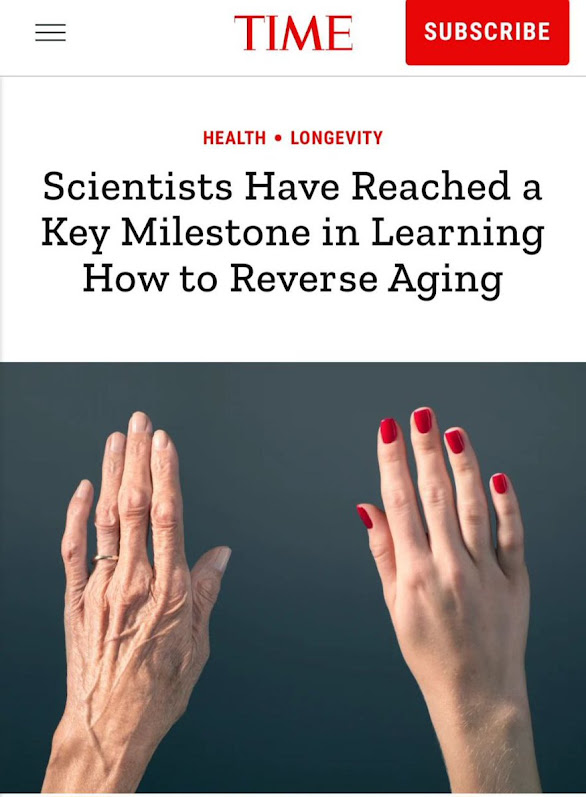Doctors' Trade Secrets (How doctors think)
This post exposes you to the practical method (or maybe trade secrets) that are commonly used by doctors. For a medical student, this subject covers the basic methods in a real life situation where a medical doctor sh
ould approach a patient. This is the 'know-how' foundation (instead of just the know what) subject for to-be medical doctors.
A typical step by step approach of a doctor-patient interaction would proceed like this:
Step 1: "How can I help you": A doctor is trying to establish what your medical problem is.
Step 2: You would probably tell the doctor what your problem is e.g coughing for the past 1 week. This for the doctor is your 'symptom'.
Step 3: Your doctor will ask you further questions in order to narrow down and ascertain what the underlying problem is. A cough can be due to many reasons. It can be due to a bacterial infection (needs to be treated by antibiotic) or may just be due to the 'common flu'. Communication with the doctor is important here as it is only beneficial for you that the doctor identify the accurate reason for your medical problem.
Step 4: Your doctor will examine you (with thermometer, stethoscope etc) in order to get further information. This for the doctor is your 'signs'. For example, you may have fever and the doctor discovers that your right lung does not sound normal.
Step 5: Investigation: Your doctor may request that you take a chest X ray or may even take a sample from your throat to test for H1N1 virus.
Step 6: Treatment: Your doctor should share with you his professional opinion of his findings and recommend you to take some medication.
Step 7: Further action: Your doctor will advise you on necessary action if your condition does not improve e.g. to come back again in 3 days time or to go to the nearest hospital if its an emergency.
This is of course a simplified method of a normal patient-doctor interaction in a clinic. However, in a medical emergency; there will be of course less talking and more aggresive intervention/s.
The internet has provided a great opportunity for information and knowledge to be made available to the public. However, you may need to differentiate sites that are more credible than others. My opinion is that the government sites (sites with the ".gov" extension) are relatively more credible than those with ".com" extension.
An interesting book with the title: How Doctors Think
Will you look at your doctor the same way again? No doctor is perfect. As long as they have your best interest in mind, your doctor is the right doctor.
It is also important for you to know what a medical emergency is. Medical emergency problems require immediate attention by doctors in a hospital setting. Its sad to know how some patients take medical emergencies lightly resulting in preventable deaths. You should know where your nearest hospital is as most hospitals should have an emergency (ER) or accident & emergency (A&E) department. Do not wait as most hospitals are open 24 hours/day.
You should also never disregard medical advice from a qualified doctor because of something you have read in the internet. Should you have any health care related problems, please call or see your doctor promptly.








Comments